weeds from spreading so easily. Here the ground is a dense red clay like unfired pottery, not suitable for vegetables generally and also a challenge for many sorts of ornamental plants. By raising the bed we can blend the soil components we want and offer some challenge to the spread of weeds, as well as making the
inevitable weeding easier on our backs.
This is our commonest weed. I call it many things. It has other names and I may yet invent more names for it though it is not very offensive; a fleshy plant that dies off by itself in the summer anyway.
centers. But it has weed-like properties. It loves disturbed soil. You can transplant it but every scrap of broken root will spring into a new plant. The best way to multiply your Monarda is to dig up a clump and move it from place to place, leaving a trail of broken roots and new plants. And it is not entirely benign. Monarda is very susceptible to white mildew after it blooms and if you have other plants that are susceptible to this fungus, such as zinnias for instance, they may not do well next to monarda. This is a situation that shows why we need the Hicklin Rule. Monarda really does tend to corrupt and deprave other plants, or at least, other plants that are susceptible to such influences. It is beautiful to the eye but like many a lush seductress, technically it fails the old Victorian obscenity test.
giganteum that Miss Wilmott supposedly liked to secretly seed into other people's gardens.
I think anyone would agree that the Scotch Thistle nestling among the iris in the photo above is an weed in the sense of the U.S. Supreme Court's ruling, if not the Crown's: an invasive species that multiplies like mad and loves disturbed soil, will grow under any conditions, is drought and disease tolerant, has harsh prickly spines, and gets huge if not pulled up. Ironically, the blooms of the Scotch thistle have an interesting color and shape and attract butterflies--maybe not as well as a butterfly bush (a buddleia), but close. I tend to pull most of them up and then leave a couple to enjoy in late summer, guaranteeing an annual infestation.
A further defining characteristic of weeds is their tendency to spring up voluntarily in disturbed ground. Cultivated soil is disturbed soil. Many familiar garden weeds are also common to construction sites and seldom seen anywhere but plowed or tilled or recently graded sites. What we call “fresh dirt” is their actual habitat. Of course how fresh garden dirt really is can be debated. It may look pretty fresh but it’s probably been buried out of sight somewhere since the last Ice Age. At this time of year the weeds are springing too fast for nice considerations but
we can still think about this question even as we pull and snap invaders in our flower and vegetable beds. Why are our innocent flower beds open to such immoral influences?
Meanwhile our new raised beds are coming along fast, six completed for vegetables, others overhauled or extended for flowers and as deer barricades. There is something a bit fantastical about these plant castles and barricades, a little reminiscent of Game of Thrones and Night of the Living Deer. The main motive surely is to have fun and see what happens, even if gardening to some extent is “To guard a title that was rich before, To
gild refined gold, to paint the lily,” as Lord Salisbury says in King John.
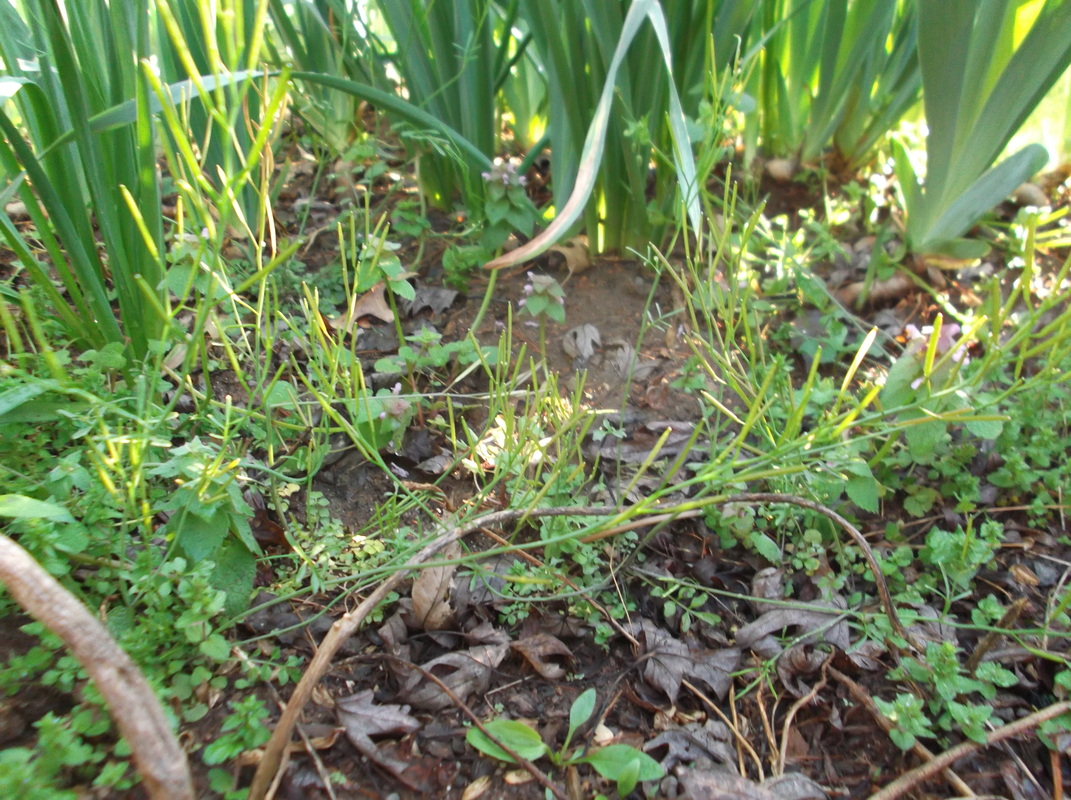
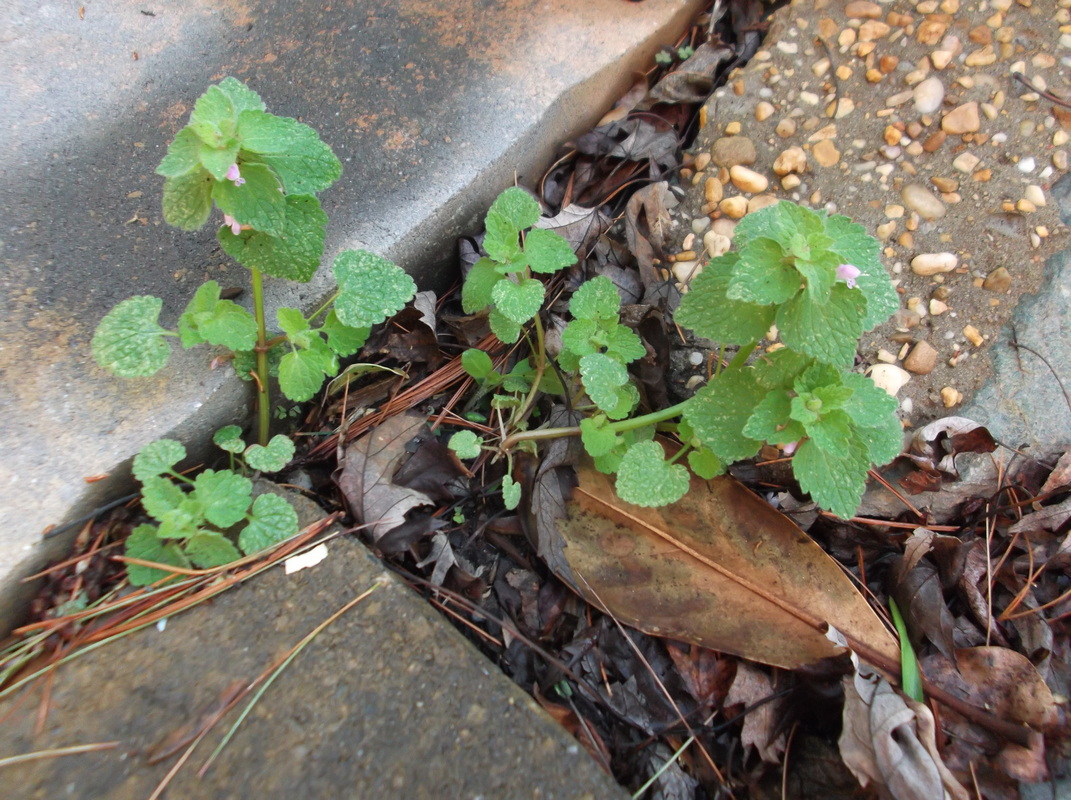
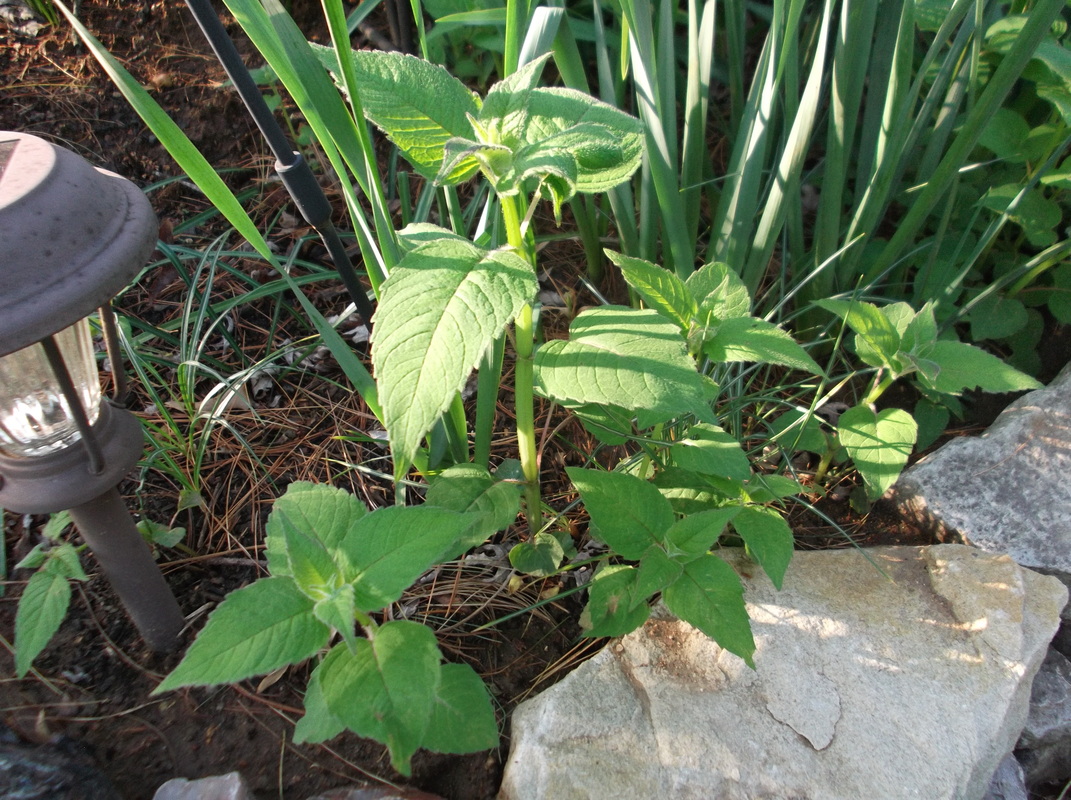
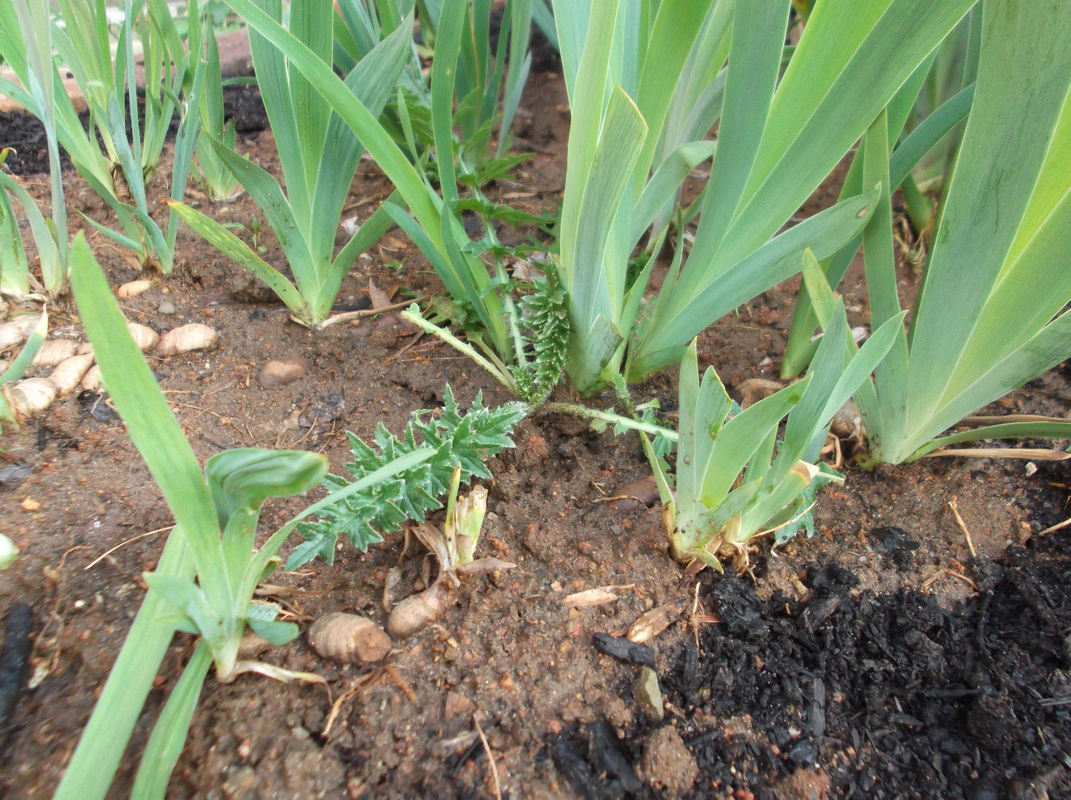
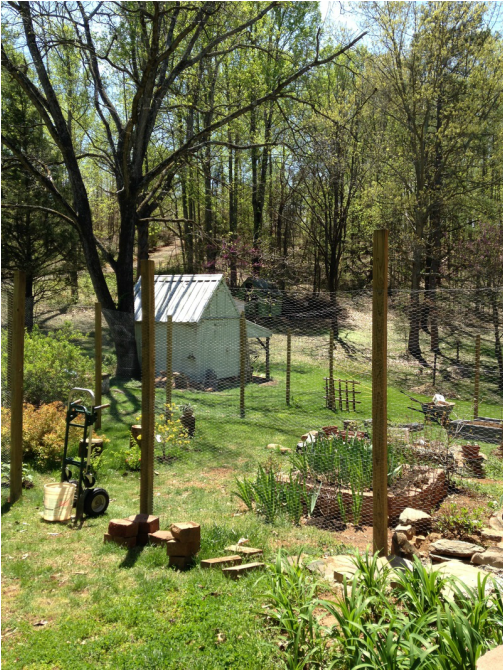
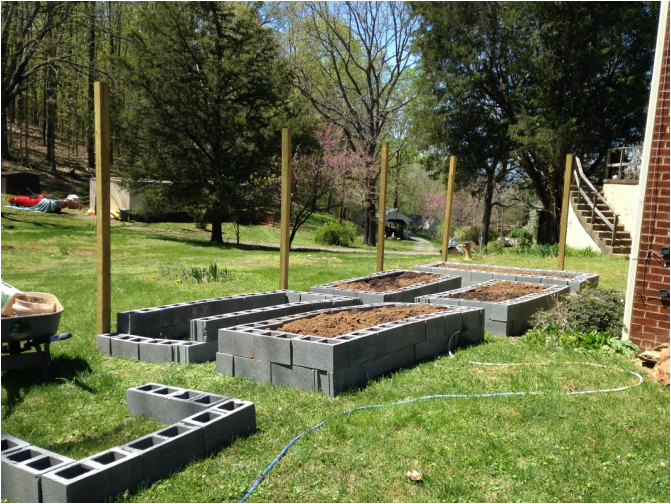
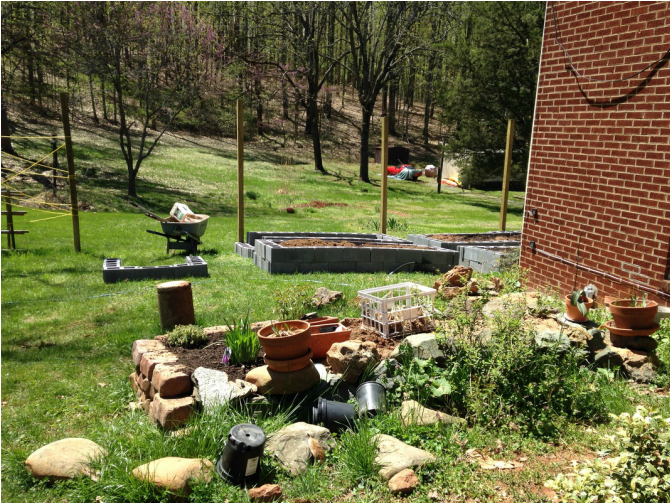
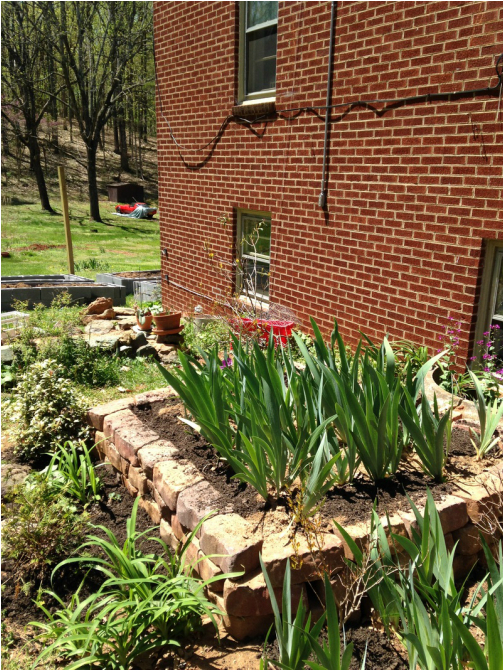
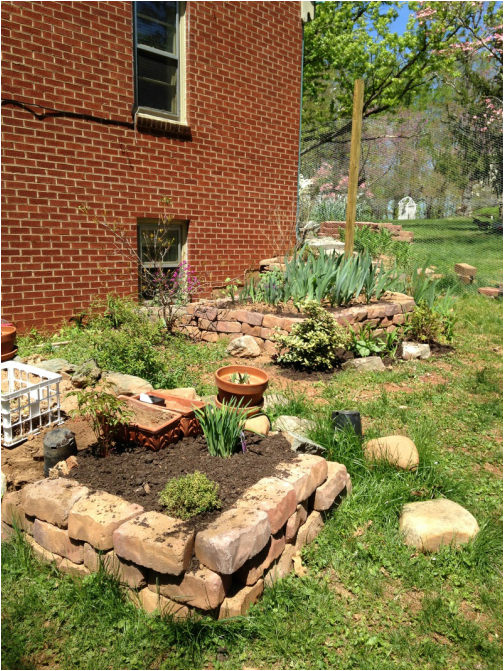
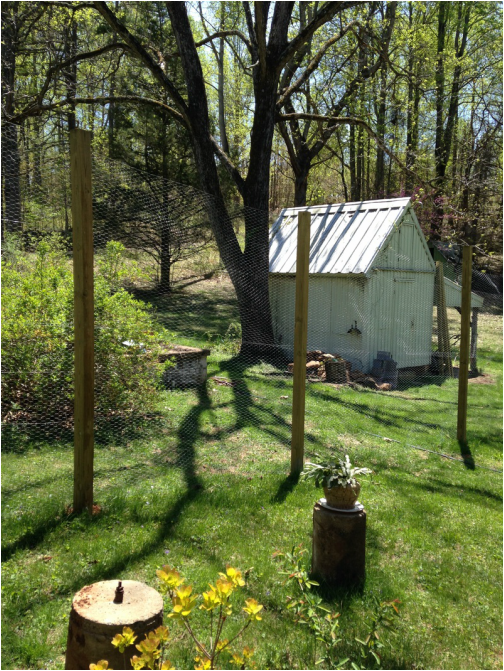
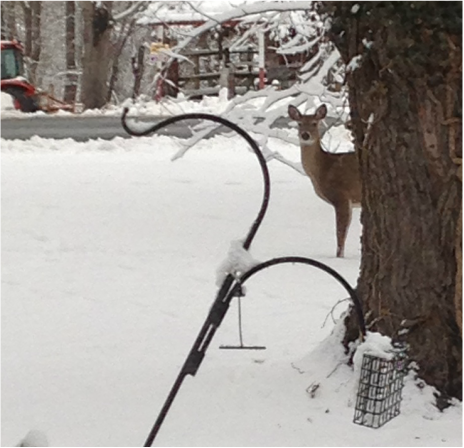
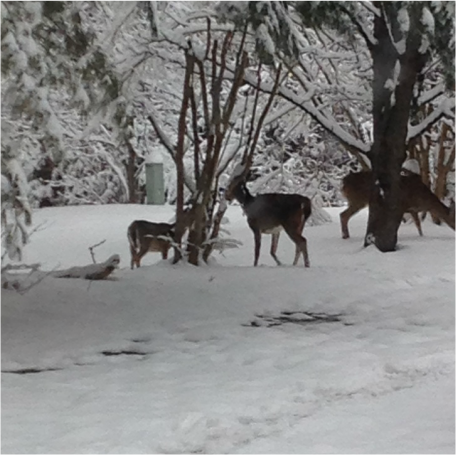
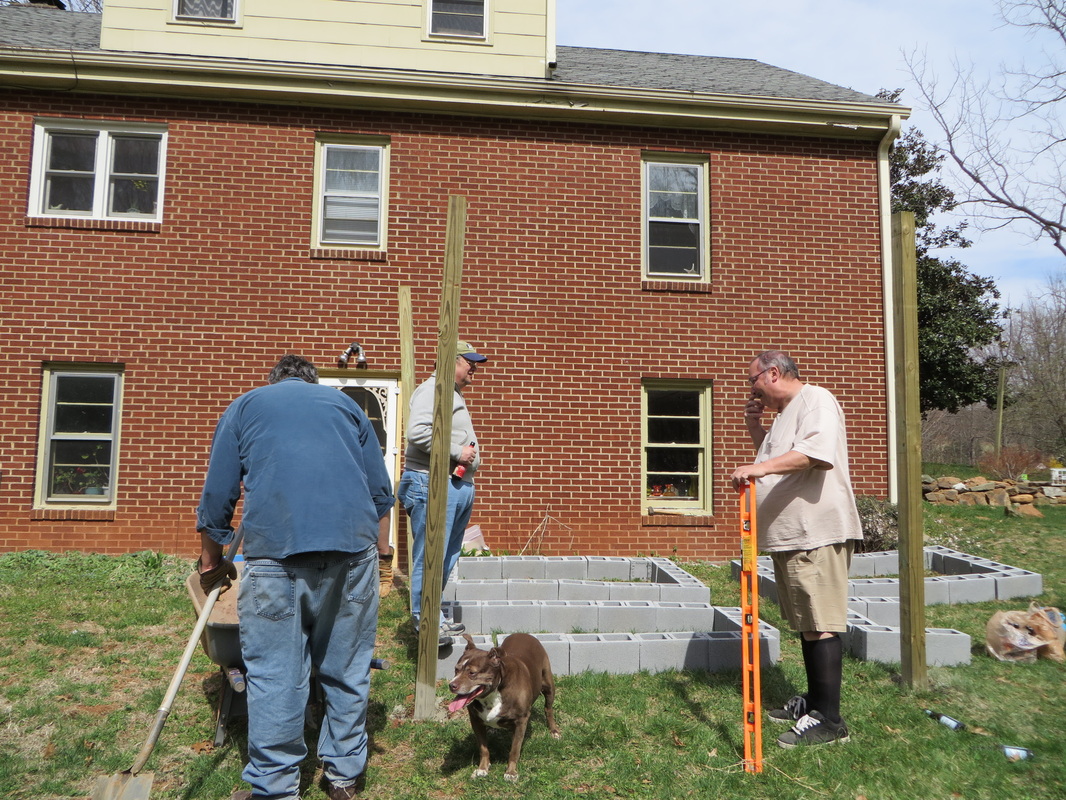
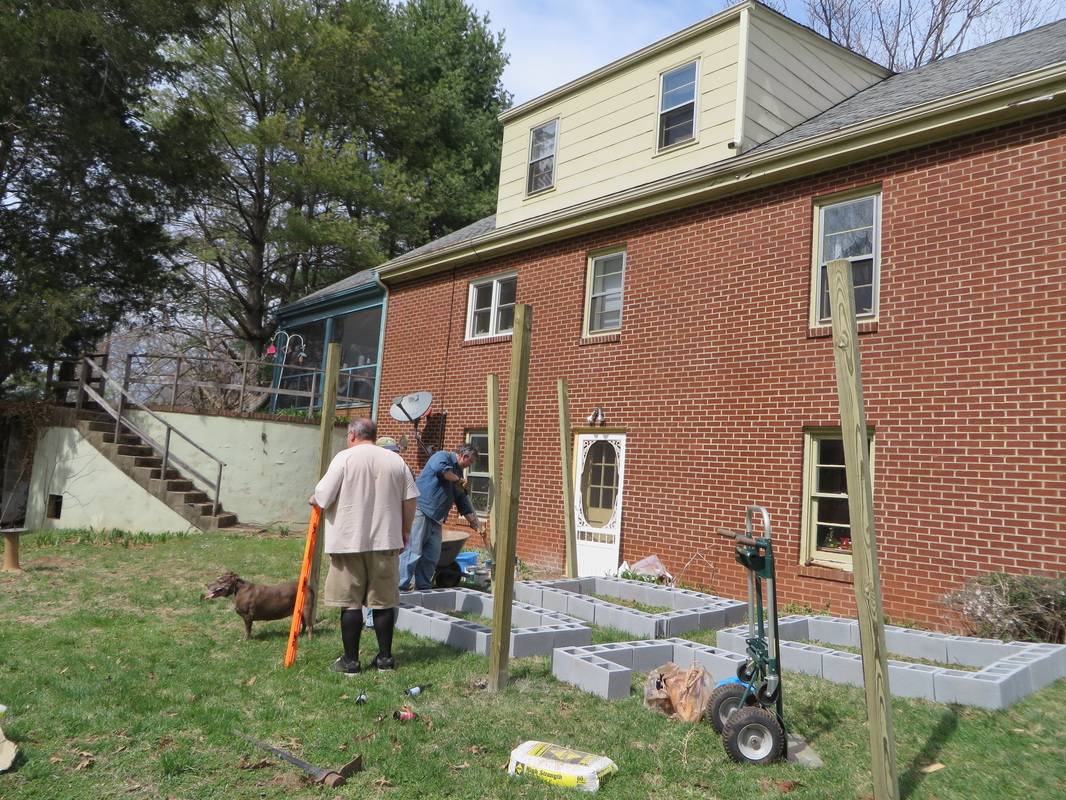
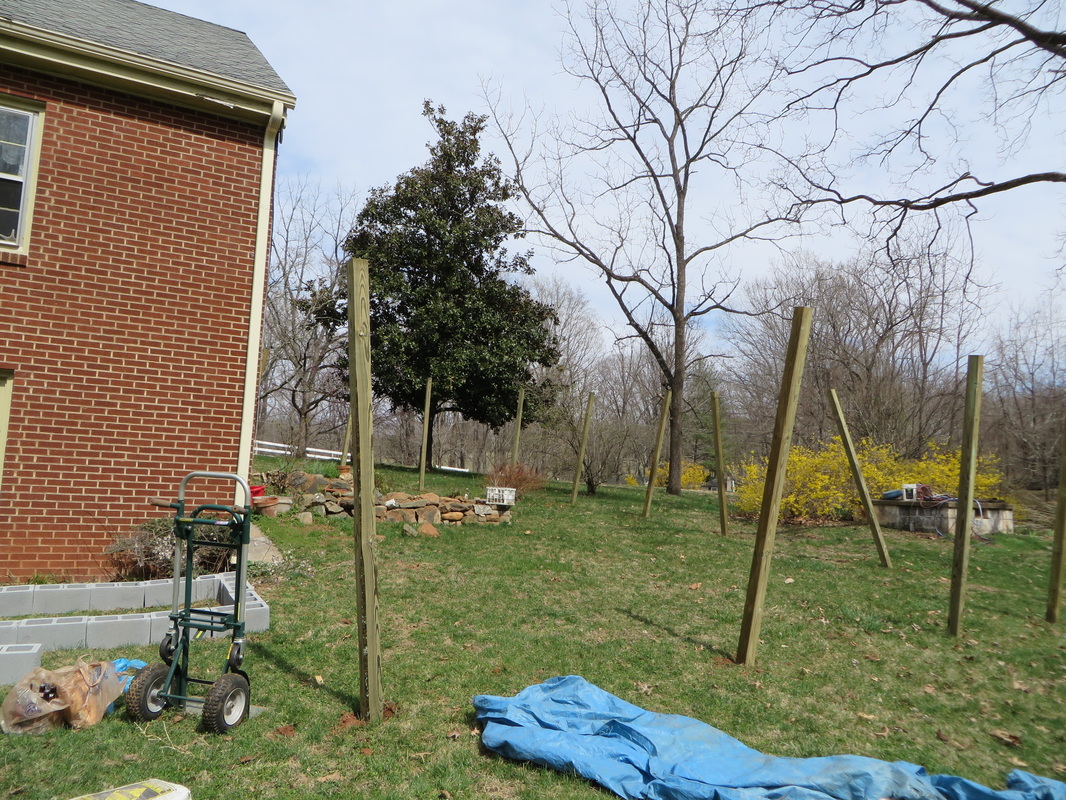
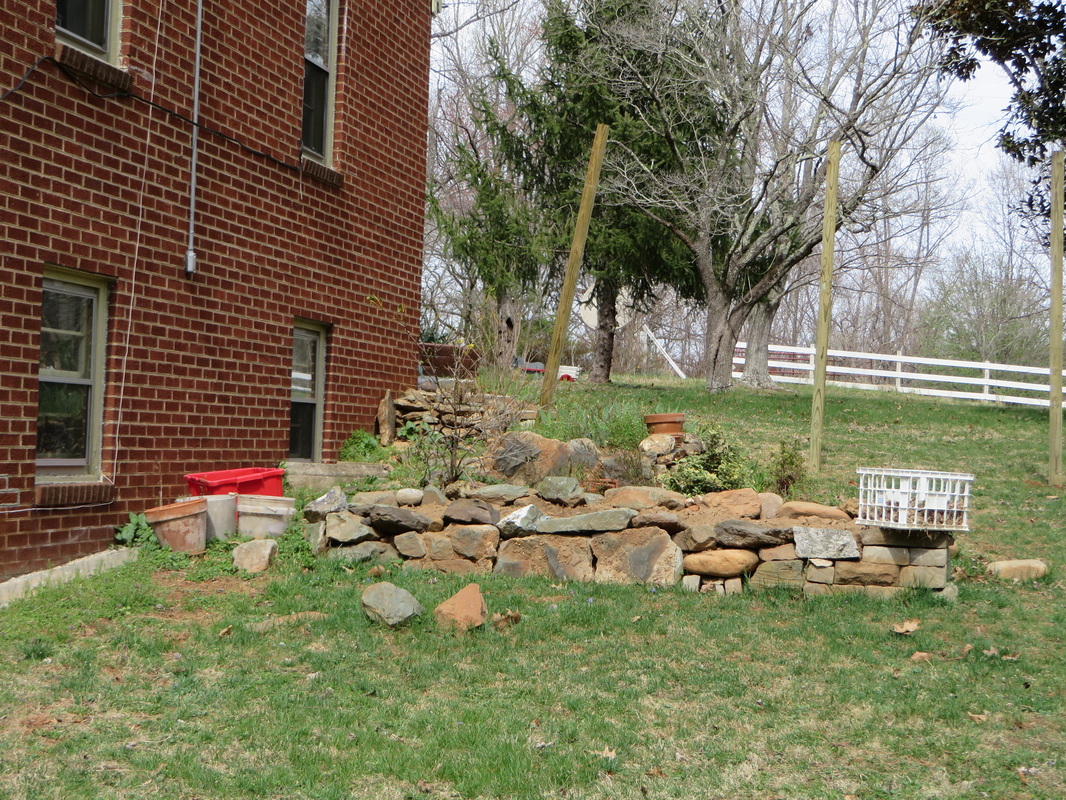
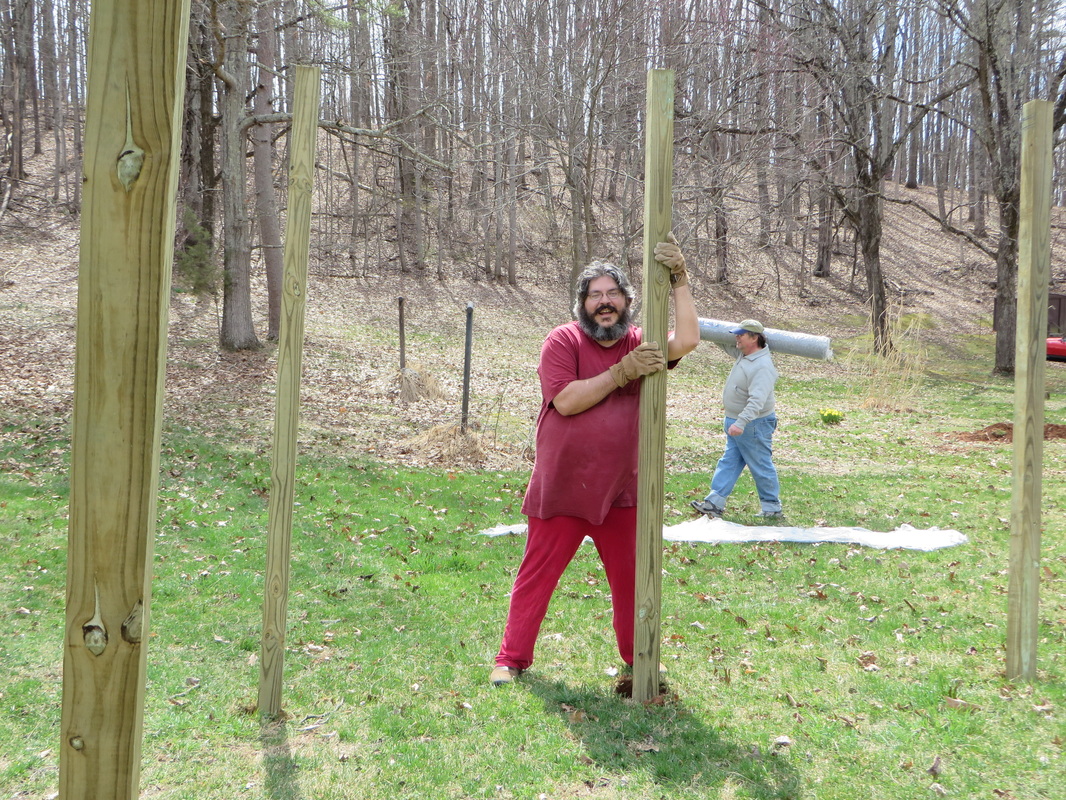
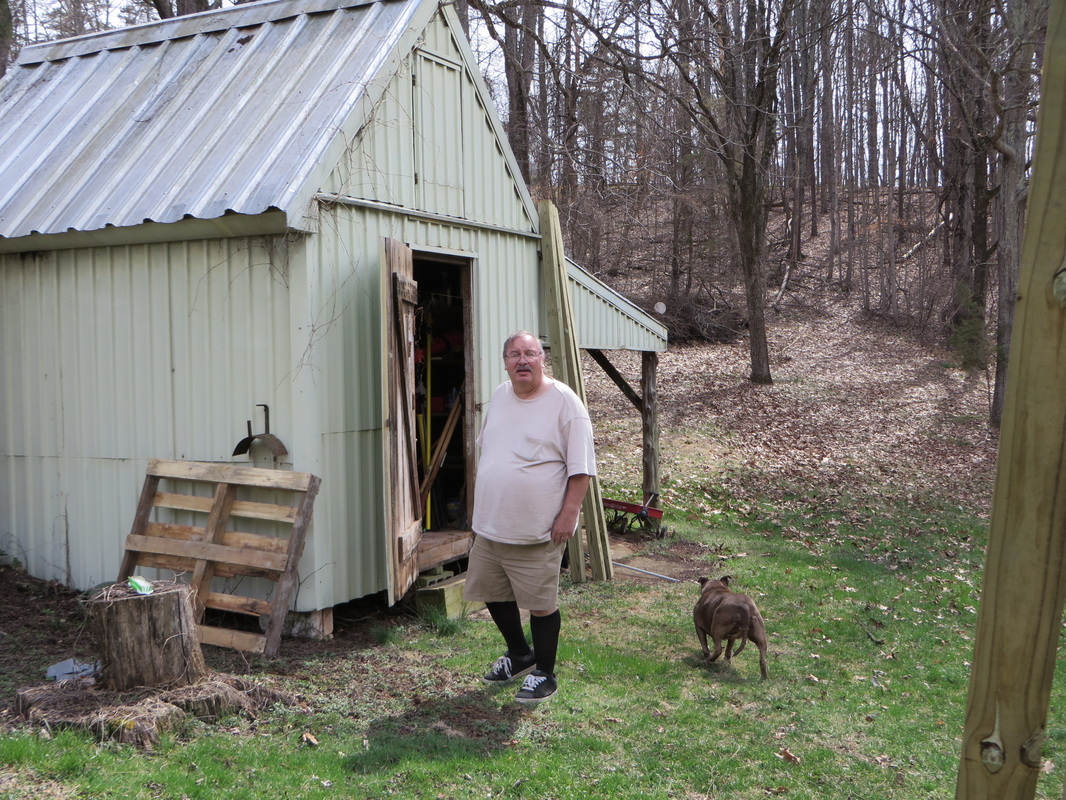
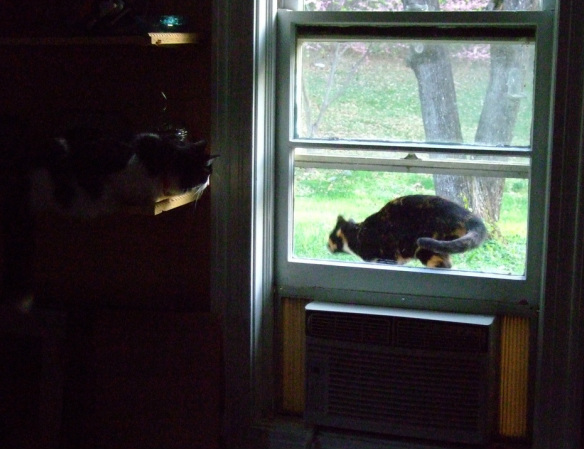
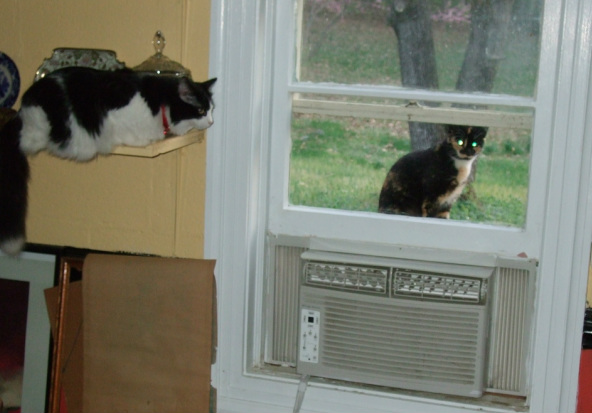
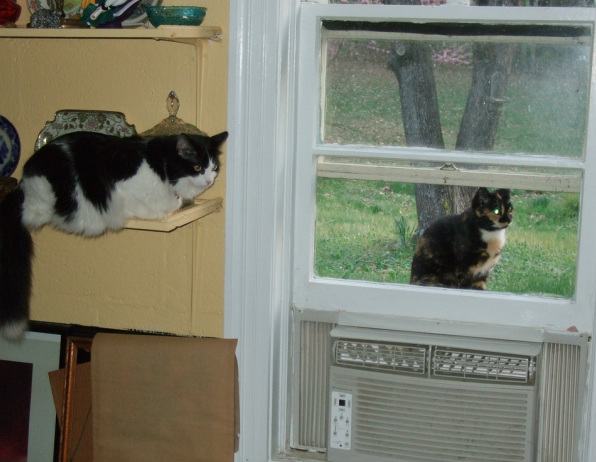

 RSS Feed
RSS Feed